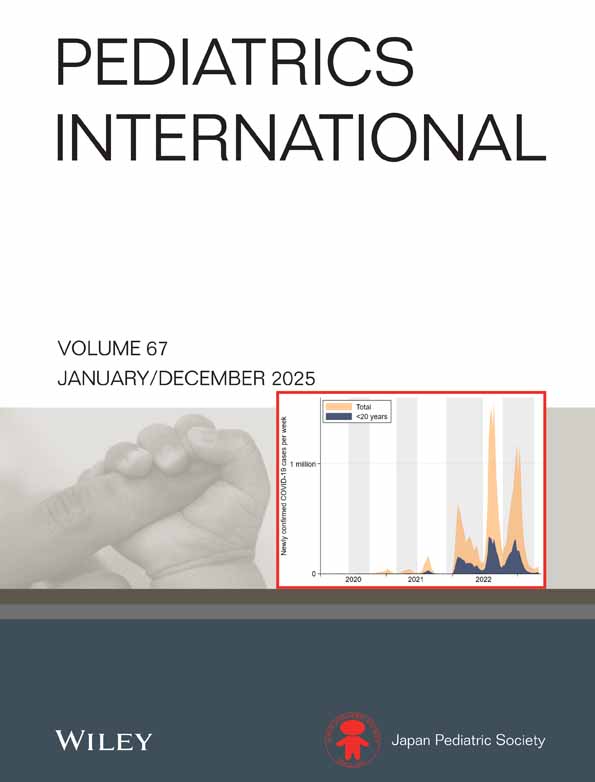Electron microscopic finding of eccrine sweat gland epithelial cells in a patient with Krabbe disease
Abstract
A 13 month old boy was found to have severely reduced β-galactocerebrosidase activity suggesting infantile Krabbe disease. Clinically, the patient showed a progressive neurological deterioration with white-matter disease on radiological study. Axillary skin biopsy was performed to support the diagnosis. On electron microscopy, needle-like inclusions, which are the typical finding seen in the cytoplasm of astrocytes and Schwann cells in the classic infantile form, were present in eccrine sweat gland epithelial cells. This method is useful for diagnosis when nerve biopsy and biochemical analysis are not readily available.




